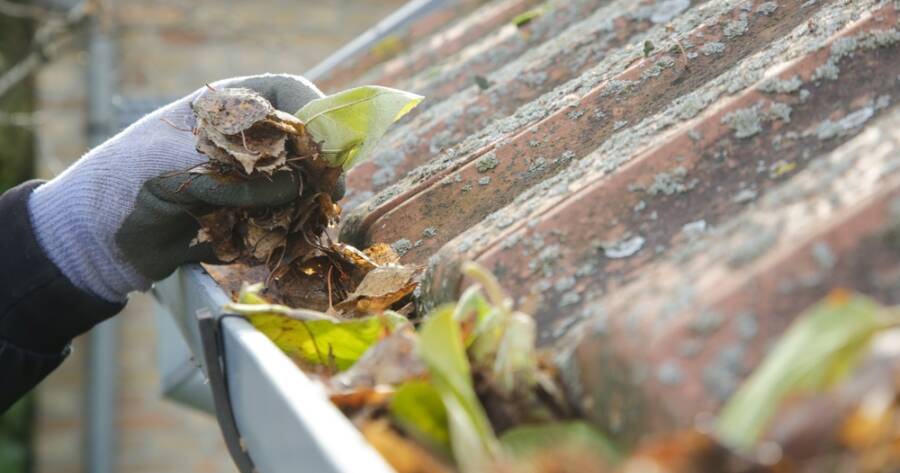Winter’s frosty grip can take a toll on your home, but with a little foresight and planning, you can keep your living space cozy and efficient all season long. By addressing key maintenance tasks now, you’ll not only save on potential repair costs but also create a safer, more comfortable environment for your family. Dive into this guide for practical tips to prepare your home for winter’s challenges.
Inspect and Seal Drafty Areas
Cold air seeping into your home through gaps and cracks can significantly increase heating costs and reduce comfort. Start by carefully inspecting windows, doors, and other potential entry points for drafts.
Consider using weather stripping, caulk, or draft stoppers to seal gaps effectively. For larger openings, a professional consultation may be worth considering. Even if you’re unsure about existing issues, small adjustments can often make a noticeable difference.
Prepare Your Heating System
A well-maintained heating system is essential during winter months. Schedule a professional inspection of your furnace, boiler, or heat pump to ensure it’s functioning efficiently. If you use a wood-burning stove or fireplace, have your chimney cleaned to reduce fire hazards.
Don’t forget to change or clean air filters regularly; clogged filters can strain your system and potentially reduce indoor air quality. Taking these steps early could help avoid sudden, inconvenient breakdowns.
Test Your Smoke and Carbon Monoxide Detectors
Winter often means closed windows and increased reliance on heating systems, which can elevate the risk of fire or carbon monoxide exposure. Make it a priority to test your smoke and carbon monoxide detectors, replacing batteries as needed.
If you don’t already have detectors in your home, installing them can be a critical step. Many experts recommend conducting monthly tests to ensure these devices are always operational.
Inspect Gutters and Downspouts
Fall leaves and debris can easily clog your gutters, leading to ice dams and potential water damage as temperatures drop. Clear your gutters thoroughly and ensure that downspouts direct water away from your home’s foundation.
While cleaning, check for any damage or sagging areas that might worsen under heavy ice or snow. Investing in gutter guards might also help reduce future maintenance needs.
Protect Outdoor Plumbing
Frozen pipes can cause significant damage and disruption, but preventive steps can help minimize risks. Drain garden hoses and shut off exterior water valves before temperatures plummet.
Consider adding insulation to exposed pipes in unheated areas, such as garages or crawl spaces. Pipe sleeves or even simple foam insulation can provide an extra layer of protection against freezing conditions.
Check Insulation Levels
Proper insulation plays a crucial role in maintaining indoor temperatures during winter. Inspect your attic, walls, and basement for adequate insulation, particularly in older homes.
If you notice cold spots or unusually high heating bills, it might indicate areas needing improvement. Adding insulation—whether professionally or as a DIY project—could significantly enhance your home’s energy efficiency.
Trim Overhanging Branches
Winter storms can bring heavy snow and strong winds, posing a risk to nearby trees. Overhanging branches can fall and damage your roof, siding, or power lines.
Prune any precarious branches before the first snowstorm hits. If trimming involves large or high branches, hiring an arborist is often safer and more effective than tackling the job yourself.
Prepare an Emergency Kit
Power outages are more common in winter due to storms and ice buildup. Assemble an emergency kit that includes essentials like flashlights, batteries, bottled water, non-perishable food, blankets, and a first-aid kit.
For extended outages, a portable generator may be worth considering, though ensure its use follows safety guidelines to prevent hazards like carbon monoxide poisoning.
Conduct a Roof Inspection
Snow and ice accumulation can stress your roof, potentially leading to leaks or collapses. Inspect your roof for missing shingles, cracks, or other vulnerabilities that could worsen during winter weather.
If climbing onto your roof isn’t feasible or safe, hiring a professional roofer for an inspection can provide peace of mind. Additionally, clearing snow promptly after heavy storms can reduce stress on your roof.
Stay Cozy and Secure This Winter
Winterizing your home doesn’t have to be overwhelming. By tackling these essential maintenance tasks, you can reduce the likelihood of costly repairs and enhance your comfort during the cold months.
Remember, even small efforts, such as sealing drafts or testing detectors, can make a meaningful difference. Take a proactive approach now to enjoy a worry-free winter—your home (and wallet) will thank you!
